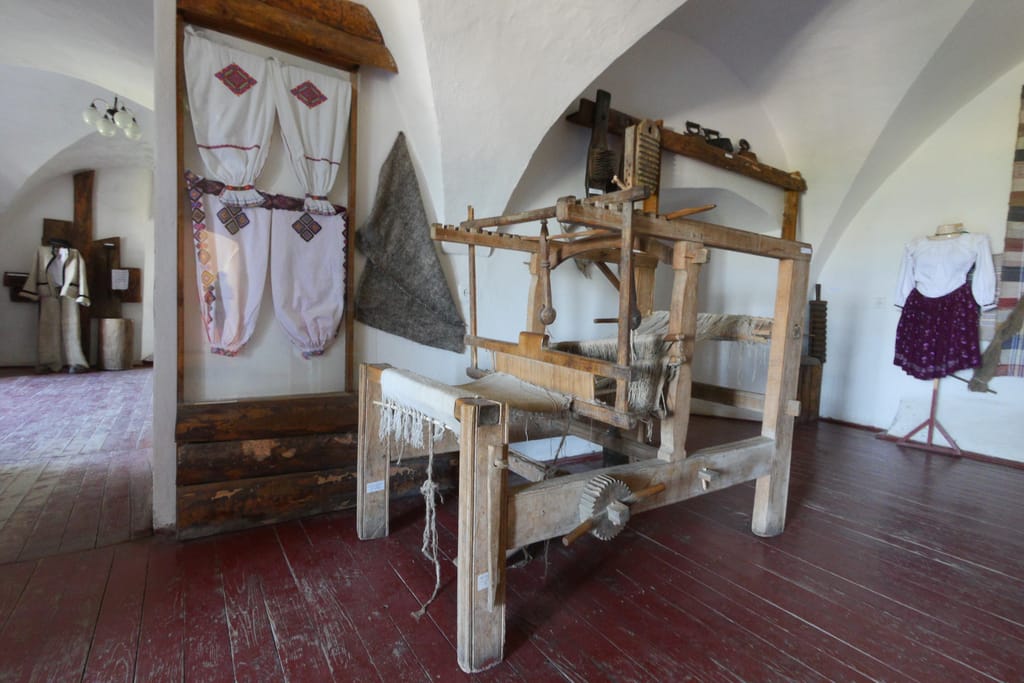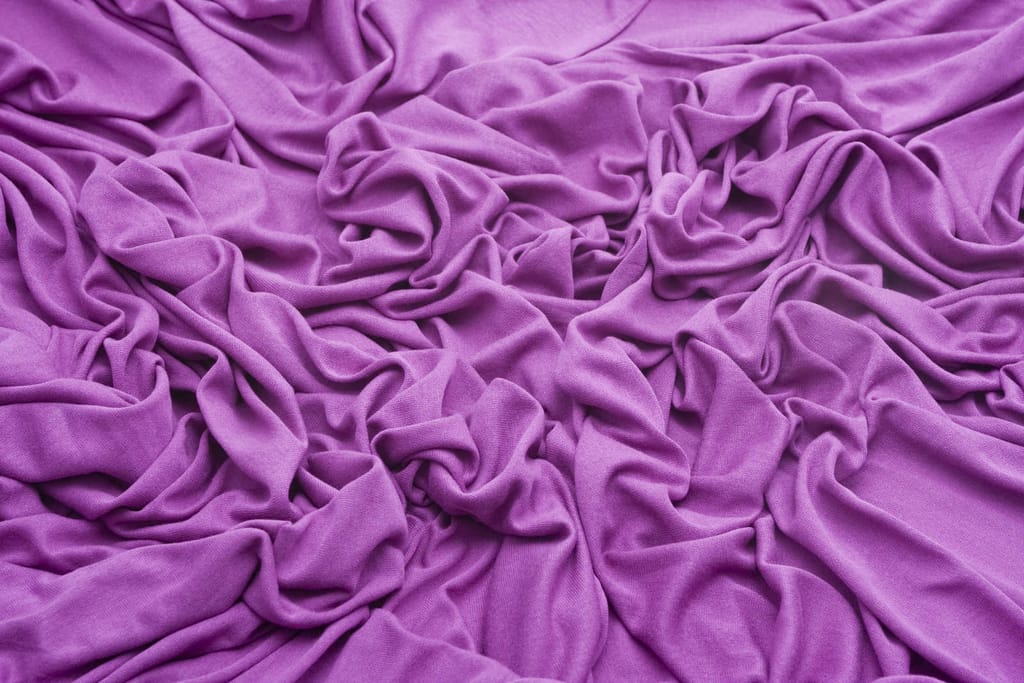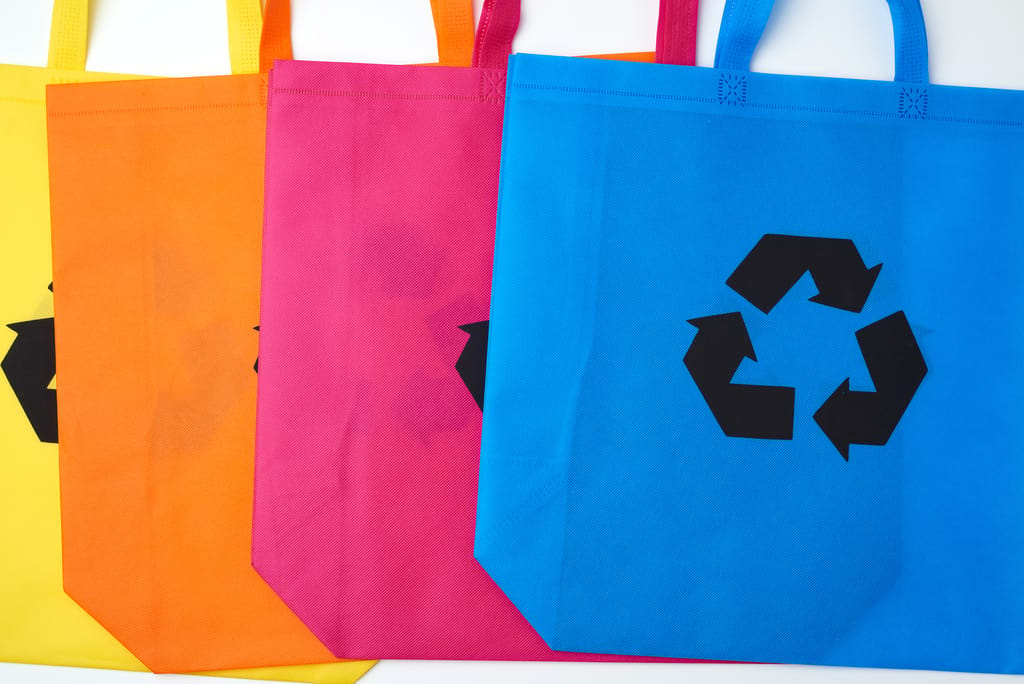What is rayon fabric?
Rayon (also known as viscose) fabric is a type of fabric made from a man-made fiber derived from natural sources of cellulose. It is a semi-synthetic fabric, meaning they make it from natural sources, such as wood pulp, which is chemically altered to create a product that is both soft and strong. We often use rayon fabric in clothing, bedding, and other home furnishings. It is known for its smooth texture and high absorbency. It also drapes well and is often used in garments where a fluid look is desired.
How Is rayon fabric made?
Rayon fabric is a type of rayon fabric that is produced through a chemical process. Manufacturers first dissolve wood pulp into a viscous liquid solution, which is then forced through tiny holes in a spinneret to form long filaments of yarn. These filaments are then spun into thread that can be woven or knit into fabric. Once the thread is woven or knit, it is treated with chemicals, such as sodium hydroxide and carbon disulfide, to give it its soft and silky characteristics, as well as its ability to drape well. The fabric is then dyed and finished with various treatments to give it its desired look.
The finished fabric is lightweight and breathable, making it an ideal choice for summer garments. It is also more affordable than other fabrics, such as silk and cashmere, making it a popular choice for budget conscious shoppers.
It has some drawbacks: rayon fabric is not very durable and can be prone to shrinking and stretching when washed. It is also not resistant to wrinkles, so it needs to be handled with care.

Pros and cons
One of the most notable advantages of choosing rayon fabric is its softness. It has a smooth, drapery texture that is often likened to silk or cotton. This makes it ideal for clothing and other items that require a softer feel. It is highly absorbent, making it suitable for towels, bedding, and other items that may come into contact with moisture.
This fabric is also relatively inexpensive. It is typically less expensive than cotton or silk, making it a cost-effective choice for clothing and other items. It is often easier to care for than other materials, as it rarely requires dry-cleaning. Despite its many benefits, rayon fabric has some drawbacks. It is a synthetic material, so it is not as breathable as natural fibers like cotton or linen.
Rayon fabric is prone to shrinkage when exposed to high temperatures. It is important to use cool water and low heat when washing items made of this material. This fabric is not as durable as some others, so it may not be the best choice for items that require longevity. Ultimately, rayon fabric is an attractive option because of its softness and affordability; however, its synthetic nature and tendency to shrink make it a less ideal choice for certain projects.
Stylish ways
Cardigan: rayon fabric is ideal for creating a comfortable and stylish cardigan. Choose a neutral color and pair it with a dress or trousers for an effortlessly chic look.
Blouse: rayon fabric is perfect for creating a timeless blouse. Choose a neutral color like white, beige, or gray and pair it with a skirt or trousers for a classic yet stylish look.
Dress: rayon fabric is lightweight and breathable, making it ideal for a dress. Look for a dress with a loose, flowing silhouette and add a belt to cinch the waist for a flattering shape.
Scarf: rayon fabric is perfect for creating beautiful scarves. Look for a scarf with a pattern or texture and wear it to add a statement to any outfit.
Skirt: rayon fabric is perfect for creating a skirt. Choose one in a neutral color and pair it with a blouse for a timeless look. Or opt for a patterned skirt for a more playful approach.

Types
We often refer to rayon as viscose, which is a generic term that includes all fabrics made from cellulose. The fabric is a popular choice for clothing, furnishings, and other items because of its softness, drape, and sheen. There are several types, each with its own set of characteristics.
One type is called modal. Modal is a type of rayon that is made from beech trees. We know it for its high level of absorbency, making it a popular choice for lingerie and activewear. Modal is also softer and more durable than regular rayon, making it a popular choice for bedding and other furnishings.
Another type of rayon fabric is called lyocell. Lyocell is made from wood pulp and is known for its ability to resist wrinkles and static cling. It has a silky texture and is often used for the production of clothing and other items.
A third type is called cupro. Cupro is a type of rayon made from cotton linter, which is the fuzz left over from the ginning process of cotton production. It is known for its wrinkle resistance and drape. Cupro is often used to make blouses, dresses, and other garments.
Rayon fabrics can also be blended with other natural fibers, such as cotton and silk. Blended fabrics are often used for the production of clothing items such as shirts, suits, and other garments.
Sustainable alternatives
Rayon fabric is not a sustainable option because of its reliance on a finite resource, and its production process is not environmentally friendly. There are several alternatives that can be considered in order to reduce the environmental impact of the items we use.
One such alternative is bamboo fabric. Bamboo is a fast-growing and renewable resource, making it a much more sustainable option. It is also naturally anti-bacterial and hypoallergenic, making it a superb choice for those with sensitive skin.
Hemp is another sustainable fabric option. Hemp is a highly durable and breathable material that is resistant to mold and mildew, making it an ideal material for both clothing and upholstery. It is also naturally pest-resistant and requires little water to grow, making it an environmentally friendly option.
Organic cotton is another sustainable fabric alternative. Organic cotton is grown using no pesticides or synthetic fertilizers, meaning that it is better for the environment and for the health of those who wear it. Organic cotton is highly durable and can be used for a wide range of items.
Linen is another sustainable fabric that is becoming increasingly popular. Linen is made from the flax plant, which is a renewable resource, and it requires very little water to produce. It is also highly breathable and can make a variety of items, including clothing, bedding, and furniture.
Finally, Tencel is another sustainable fabric alternative. Tencel is made from wood pulp and is produced using a closed-loop system, meaning that the waste from the production process is recycled and reused. It is also highly absorbent and breathable, making it a brilliant choice for clothing and bedding.

Conclusion
Rayon fabric is an affordable and versatile fabric that is known for its softness, breathability, and durability. It has become increasingly popular in the fashion industry and is used to make clothing, towels, and home decor. It is also relatively easy to care for and is a brilliant choice for those looking for a fabric that is comfortable, lightweight, and affordable.
Reference
- Jane, J. (2018, June 5). Advantages and Disadvantages of Viscose/Rayon – Jacoba Jane – Medium. Medium. https://medium.com/@jacobajane/advantages-and-disadvantages-of-viscose-rayon-a0e0dc255fa1
- Leverette, M. M. (2022, December 6). How to Wash and Care for Viscose Fabric. The Spruce. https://www.thespruce.com/care-and-cleaning-of-viscose-garments-2145808
- MasterClass. (2022, January 29). Fabric Guide: What Is Viscose? Understanding Viscose Fabric and How Viscose Is Made – 2023 – MasterClass. https://www.masterclass.com/articles/fabric-guide-what-is-viscose-understanding-viscose-fabric-and-how-viscose-is-made
- mindbodygreen. (2022, March 7). This Popular "Natural" Fabric Can Harm The Environment: How To Buy Better. Mindbodygreen. https://www.mindbodygreen.com/articles/viscose-fabric